There can be your advertisement
300x150
Contract with a Designer: Important Points and Mutual Obligations
Thousands of photos from designers' portfolios have been reviewed, the designer has been selected, and the price has been agreed upon. But what comes next? We must sign a contract. What should both the client and the designer pay attention to when signing the contract? Legal expert Ekaterina Kussmaul shares her insights.
Ekaterina Kussmaul is an expert legal consultant with about 15 years of experience. She specializes in providing legal support to designers, architects, or their clients. 1. Subject of the Contract
Typically, a separate contract is signed for each design service—planning, author's supervision, or finishing—because each such contract has its own execution and payment terms. However, the law does not prohibit combining all services into one contract and including all rights and obligations in a single document.
Since a designer's work is highly individualized, and the law does not regulate the process of creating interior design, each service must be described in detail and thoroughly in the contract. The text of the contract should clearly state what, for example, finishing an object entails and what is included in that service. Additionally, it should contain a detailed list of services, works, and drawings performed under the contract.
 2. Technical Brief
2. Technical BriefIMHO, the most important element of a contract for creating a design project is the technical brief (sometimes designers call it a «brief»). It serves as the basis, the client's instructions, and their requirements for the future interior.
However, there is a paradox: often, the vision of an interior develops during the actual work, and many client requirements are reviewed and changed in later stages.
To avoid conflict or misunderstanding, any such change in the technical brief should be documented either directly in the brief or reflected in correspondence (but only if the contract text allows for using specific email addresses to notify and modify terms).
A vague and non-specific technical brief, consisting of general questions, can also be a source of disagreements. For example, in practice, courts have ruled that the result of the work was not proven because the brief was too vague and it was unclear whether the work results matched the technical brief.
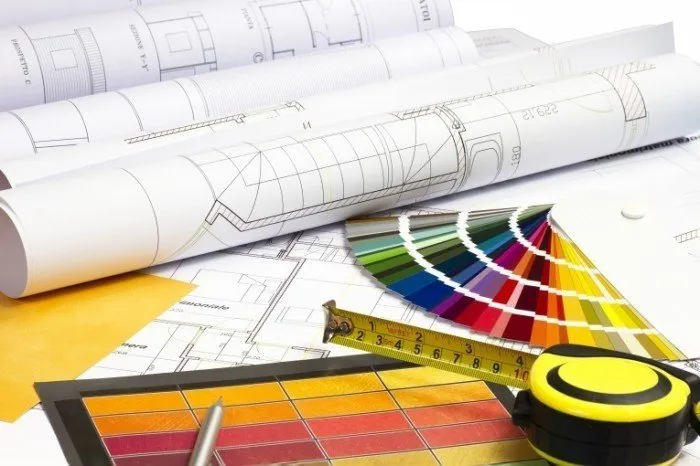 3. Deadlines
3. DeadlinesSpecial attention should be paid to deadlines in the contract. It is equally important for both parties to avoid setting minimal deadlines.
If you are a designer, consider whether it is worth involving the client under tight deadlines or if it's better to build in a buffer for unforeseen circumstances. Keep in mind that liability for missed deadlines is very serious—especially if the client is a physical person, as penalties under the Consumer Protection Law apply rather than general contract law. This also applies to intermediate deadlines, if stages of your work are specified in the contract with timeframes for implementation.
If you are a client, consider that within these deadlines, you will have to review several layout options, furniture arrangements, concept sketches, and finally settle on just one. Are you sure you’ll have enough time to make such an important decision?
To avoid delays and ensure compliance with deadlines, it is advisable to specify exact agreement timeframes for interior decisions or provide for a suspension of work during the approval period.
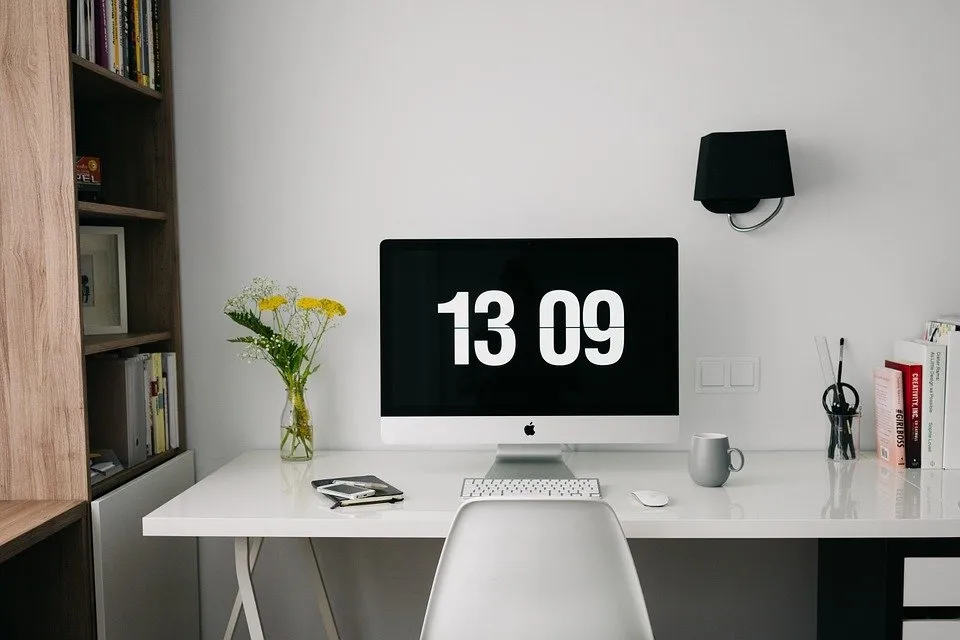 4. Quality of Work
4. Quality of WorkWhat does the client ultimately receive? What standards must a design project meet, and what documents are required in the contract?
Unfortunately, specific requirements for design projects are not legally established because a designer's work is primarily creative and authorial in nature. GOSTs and SNIPs regulating project activity mainly apply to construction design and are more commonly used in public spaces.
Therefore, the content and quality of a design project are largely determined by mutual agreement and consensus between the parties rather than established norms. Often, designers provide clients with a sample design project to help them understand what they will receive and in what form the specified drawings and documents will be delivered.
Regardless, when developing layout solutions, designers must follow construction norms related to spatial organization—local laws on reconfiguration or re-planning of residential and non-residential premises, requirements for rooms with gas appliances, features of heating equipment placement, and other regulations.
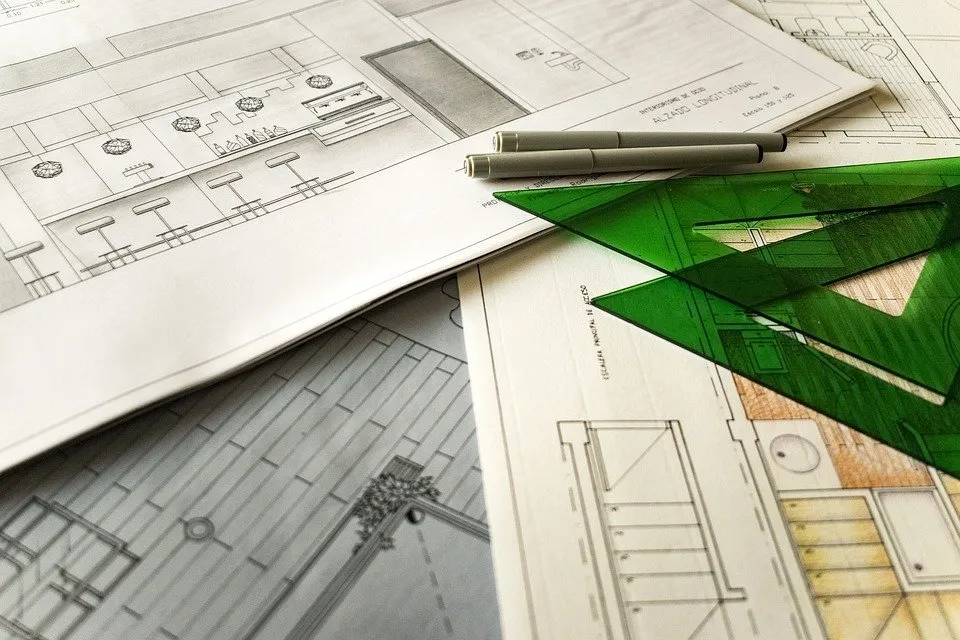 5. Author's Rights of the Designer
5. Author's Rights of the DesignerThis clause is not always included in contracts, but its absence does not mean the designer does not care about protecting their rights. On the contrary, if the contract does not specify the transfer of exclusive (property) rights to the design results to the client, then the client is not entitled to use that result without the designer's consent—for example, reproducing it on other objects, modifying it, or allowing another person to use the project. The client is only entitled to perform renovation and finishing work based on the design in their own apartment.
With the growth of online services offering ready-made design projects, designers are increasingly retaining exclusive rights to their interior designs, leaving room for resale. Usually, the clause about transferring author's rights affects the cost of design services—the client’s demand to fully transfer exclusive rights to the interior design and not reuse it in other projects can increase the project cost.
Therefore, it is fair and legally correct to clearly define in the contract how rights are distributed between the client and the designer regarding the intellectual property results.
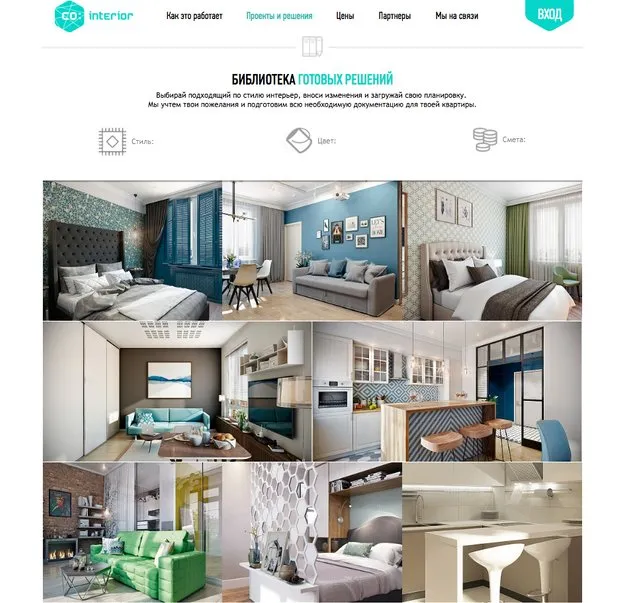
More articles:
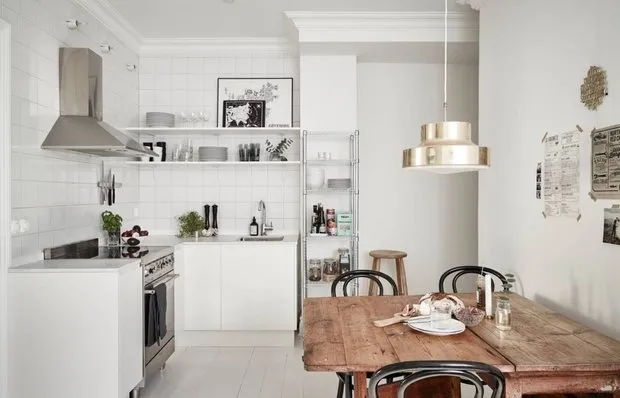 10 Kitchen Storage Spaces You Didn't Know About or Forgot
10 Kitchen Storage Spaces You Didn't Know About or Forgot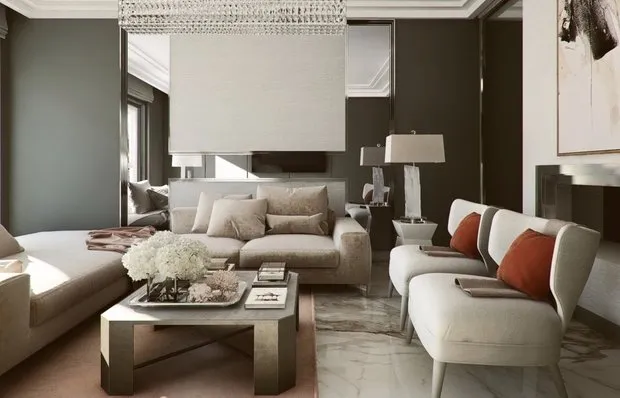 7 Stereotypes in Interior Design to Give Up
7 Stereotypes in Interior Design to Give Up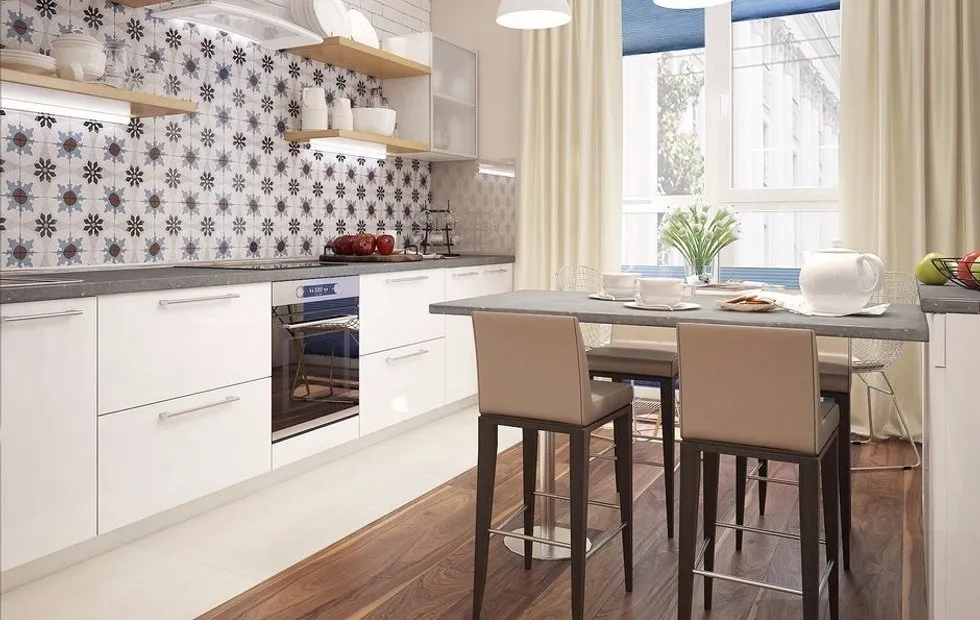 What is the best floor type for the kitchen: choosing flooring
What is the best floor type for the kitchen: choosing flooring How to Do a Proper Repair: Insights from Professionals
How to Do a Proper Repair: Insights from Professionals Wooden Cottage in Poland You Dream Of
Wooden Cottage in Poland You Dream Of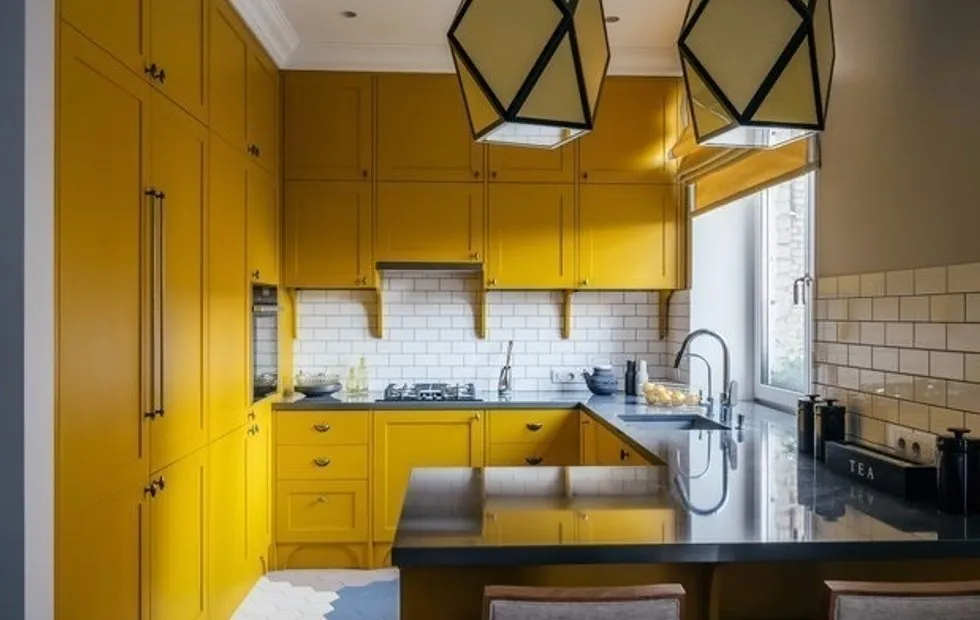 What Colors Do Designers Prefer to Use in Interior Design?
What Colors Do Designers Prefer to Use in Interior Design?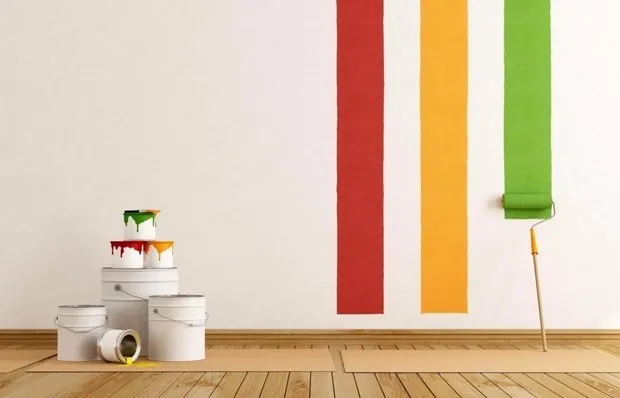 How to Choose Paint for Walls: 7 Correct Steps
How to Choose Paint for Walls: 7 Correct Steps How to Choose a Partition Wall: Tips from Professionals
How to Choose a Partition Wall: Tips from Professionals